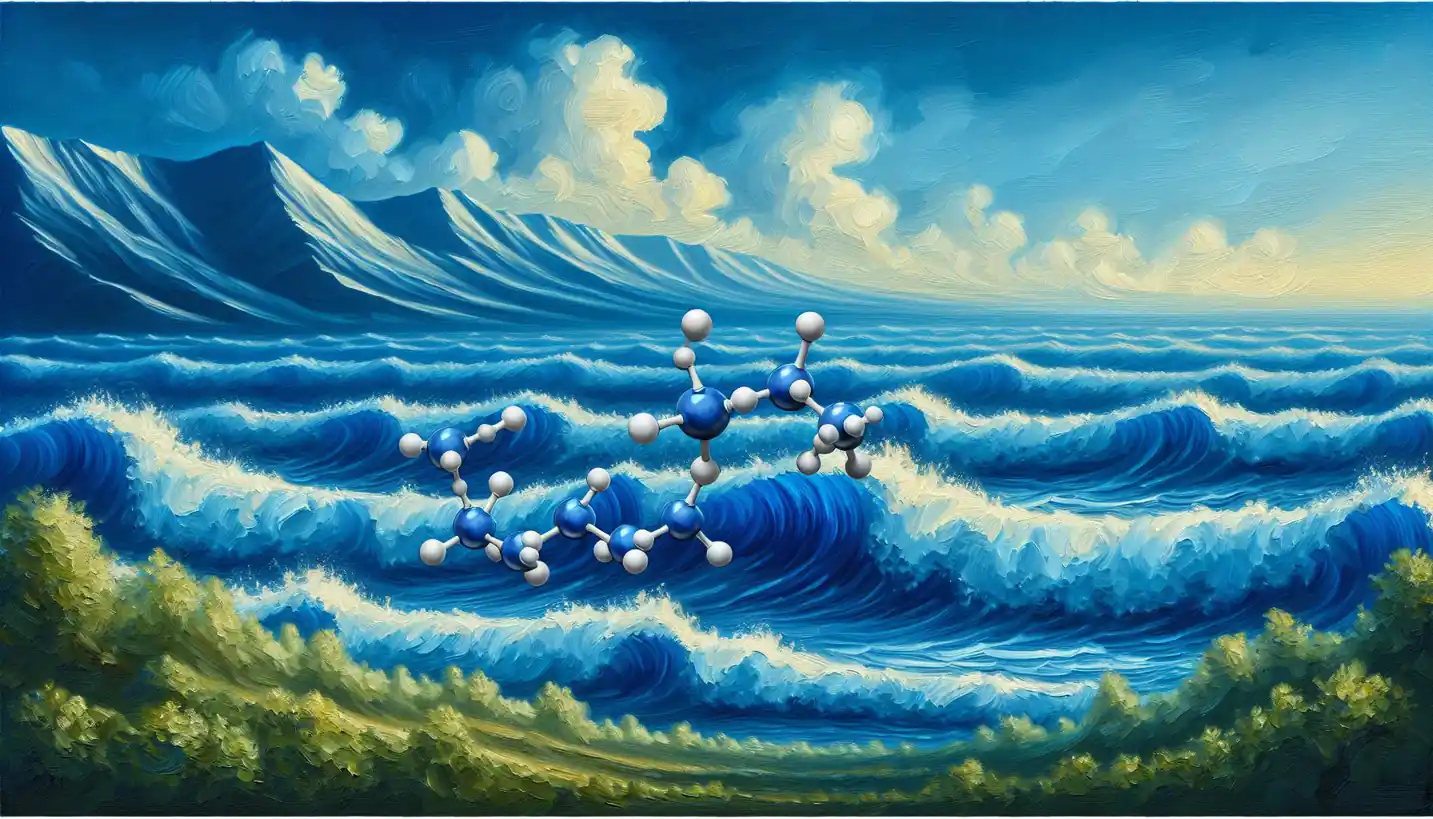· Chemistry · 5 min read
Photoelectric Effect: Illuminating the Wonders of Light in Chemistry
The photoelectric effect shines a light on how energy interacts with matter. Learn how this enlightening concept changed our view of chemistry.

Chances
Let’s dive into the world of the photoelectric effect, a fascinating phenomenon that sparkles with insights into both light and matter. Think about it like this: you’re at a nightclub, and every time the DJ plays certain energetic tunes, people jump onto the dance floor. The photoelectric effect is a bit like that: when light with enough energy hits a material, it can cause electrons to “jump” right out of it. This concept sits at the heart of theoretical chemistry and has some pretty important implications.
The Basics of the Photoelectric Effect
First, let’s unravel what happens in this phenomenon. Imagine a metal surface lounging under a spotlight. As light shines on it, electrons in the metal can absorb this light and pack enough energy to escape from the metal surface. This escape is not random—it happens only when the light has enough energy, just like those energetic tunes I mentioned earlier.
The key player here is the photon, which is essentially a little packet of light energy. When these photons hit the surface, they transfer their energy to the electrons. However, not any old light will do. The light needs to be above a certain frequency—or, shall we say, have the right beat—to get those electrons moving.
The Role of Frequency over Intensity
It might seem logical to think that if you shine brighter light, more electrons will be ejected, but here’s the twist: the frequency (or color) of the light is more crucial than its brightness (or intensity). High frequency, like ultraviolet light, can cause the electrons to leap, while low frequency, like red light, doesn’t quite cut it, no matter how intense.
This discovery, contrary to what many scientists believed at the time, was one of the key aspects that set the stage for quantum mechanics. It’s as if you had been thinking that more people would jump to the dance floor with louder music, only to find out it’s actually the type of music that matters.
Einstein’s Nobel-Worthy Insight
Now, let’s uncover the trailblazer behind these discoveries—Albert Einstein. While most people think of Einstein’s theory of relativity, his work on the photoelectric effect is what actually earned him the Nobel Prize in Physics in 1921. He proposed that light itself comes in packets or quanta (photons), and it’s these packets’ energy that matters for exciting electrons.
Think of this discovery as similar to realizing that, to break a piñata, you need a certain amount of force each swing, regardless of how fast you swing. His work was crucial not only for theoretical chemistry but also for understanding the very nature of light.
Practical Applications: Solar Cells and Beyond
The photoelectric effect isn’t just a theoretical curiosity; it’s the basis for technologies we use every day. Solar cells, for example, harness this effect to convert sunlight into electricity. Here’s where it gets practical: when photons from sunlight hit the solar panels, they excite electrons, creating an electric current. It’s like using the energy of dance to light up your whole house.
But it doesn’t stop there. This concept is also essential in devices like photo detectors, which can be used for everything from your camera’s autofocus to intricate scientific instruments. It’s like finding out the dance party not only makes you happy but also powers your home appliances.
Bridging Chemistry and Physics
At the intersection of chemistry and physics, the photoelectric effect shines bright. It stirs curiosity across fields and serves as a bridge connecting the properties of light with the behavior of materials. In chemistry, understanding how electrons behave—how they jump, bond, and form—is critical.
For chemists, this means gaining insights into how light interacts with molecules, potentially opening doors to new kinds of chemical reactions or even energy sources. Picture this as discovering a new dance move that suddenly gets everyone on the floor to join in, unlocking new potentials.
Quantum Leap: The Future Possibilities
Now that we’ve shed light on the photoelectric effect, let’s spark some curiosity about its future potential. Could we one day design materials that make this effect even more efficient, leading to better solar cells? Or is there a way to tailor light’s properties to create new kinds of chemical reactions?
These questions tickle the imagination of scientists. Who knows, the next leap in technological advancement might be just a breakthrough away—thanks to a deeper understanding of this simple yet profound effect.
Conclusion: A Bright Future Ahead
From solar panels on rooftops to cameras in our pockets, the photoelectric effect has made quite an impact. It teaches us about the dance between light and matter and continues to inspire new technological innovations. Understanding it not only helps us appreciate the work of pioneers like Einstein but also excites us about the endless possibilities the future might hold.
As we continue to unravel the mysteries of light and electron behavior, who can say what kind of electric dance moves humanity might discover next? Let’s keep our curiosity alive as we shine a spotlight on the intricate symphony of light and its endless uses.



